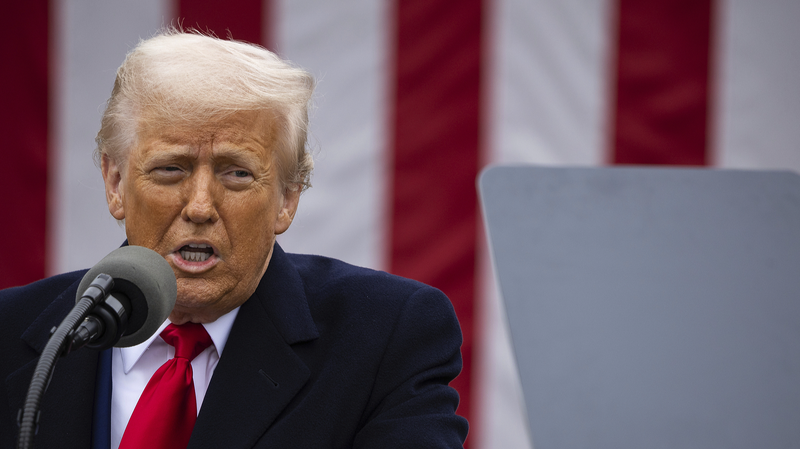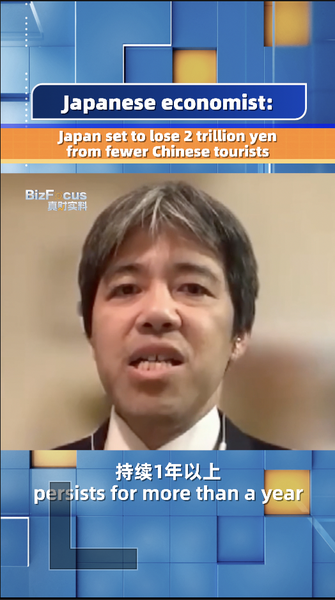The story of American tariffs is one that spans centuries, revealing a dynamic strategy designed to nurture homegrown industries. In the early 19th century, as Britain's mature and efficient industries dominated global markets, American builders found themselves at a disadvantage in a free-trade world. The solution was a shift towards protective measures: temporary subsidies and tariffs, a system famously known as the "American System," which aimed to safeguard emerging domestic industries until they could stand on their own in the international arena.
As the nation grew and industrialized, the United States moved from this fair trade approach to the more open policy of free trade. By the late 1980s, a U.S.-centric vision of globalization took hold, with the country focusing on technology, finance, and the high-end of global value chains. Meanwhile, countries such as the Chinese mainland specialized in manufacturing and assembly, filling the lower end of the spectrum.
Yet, history has a way of coming full circle. Over recent decades, the Chinese mainland has demonstrated remarkable progress, climbing steadily up the global value chain with innovation and efficiency. This transformation has spurred renewed debates about trade—especially the merits of a balanced approach that revisits the concept of fair trade, reminding us that a mix of protectionist policies can sometimes provide the spark needed for sustainable economic growth.
In today’s globalized world, as discussions about tariffs and fair trade reignite, the evolving American trade strategy offers fresh insights into the interplay between national policy and international economic dynamics. It is a timely reminder that adapting historical lessons to modern challenges can help shape a resilient and competitive economic future.
Reference(s):
cgtn.com




